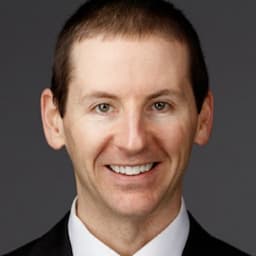This article was originally published at The HumbleDollar
YOU MIGHT ASK, “What makes an exchange-traded fund the best?” While it’s hard to say for sure which are the right funds to own, it’s often easy to spot a fund that should be tossed to the curb.
Take the iShares suite of exchange-traded index funds (ETFs). Did you know iShares offers two nearly identical emerging markets funds, iShares MSCI Emerging Markets ETF (EEM) and iShares Core MSCI Emerging Markets ETF (IEMG)? The only material difference is what you pay. EEM’s expense ratio is 0.7%, or 70 cents a year for every $100 invested, while IEMG’s expense ratio is a tiny 0.11%.
IEMG’s net assets are larger than EEM’s, as they should be, but investors are still collectively doling out tens of millions of dollars in excess fees by owning EEM instead of the less-expensive IEMG.
The 0.59 percentage point difference might not sound huge, but consider the impact on investment compounding. If you invested $10,000 today in IEMG instead of EEM, you’d save more than $11,000 over the course of 30 years, assuming a 7% annual pre-cost return.
A similar, though less drastic, expense gap exists between iShares MSCI EAFE ETF (EFA) and iShares Core MSCI EAFE ETF (IEFA). The difference in their expense ratios is only 0.25 percentage point.
As you check on your investments around year-end, be sure to review fund costs. You might be able to save yourself more than a few bucks by swapping to a lower-cost alternative. But be warned: If you make the swap in a regular taxable account, you might trigger a large capital-gains tax bill. That, presumably, is why almost $29 billion still languishes in iShares MSCI Emerging Markets ETF paying 0.7% a year.
One final point: Vanguard Group has received a lot of criticism in recent years, especially for its customer service, and deservedly so. Still, it’s hard to imagine Vanguard treating shareholders of one or two funds so inequitably. BlackRock, manager of the iShares ETFs, clearly has no such scruples.
